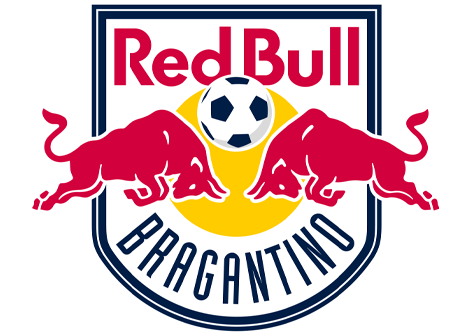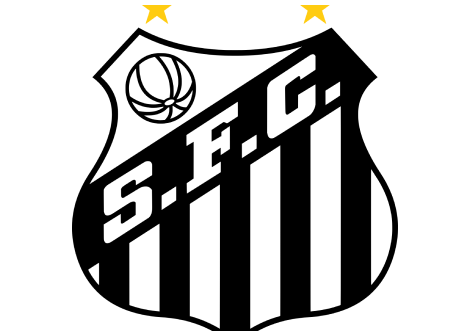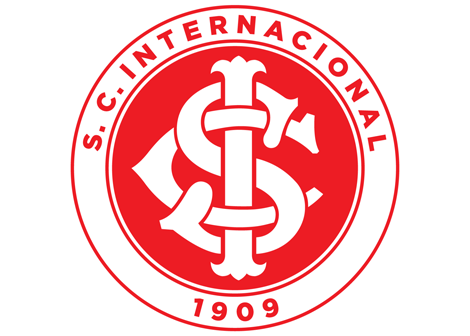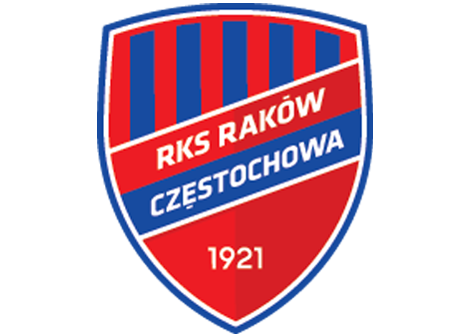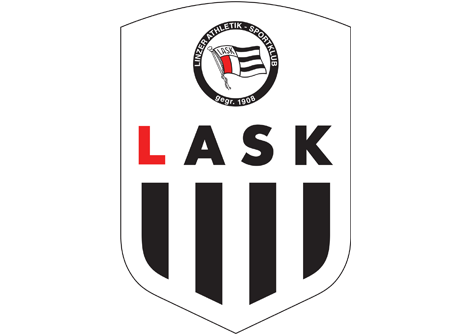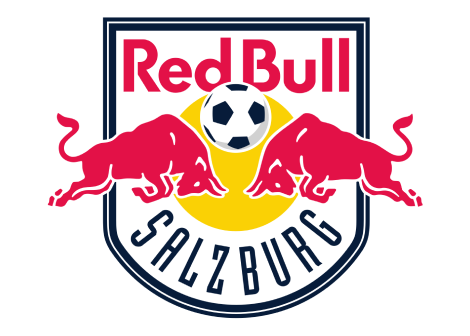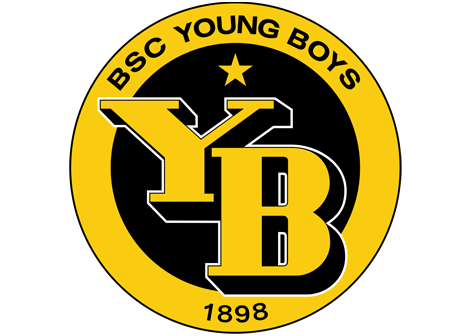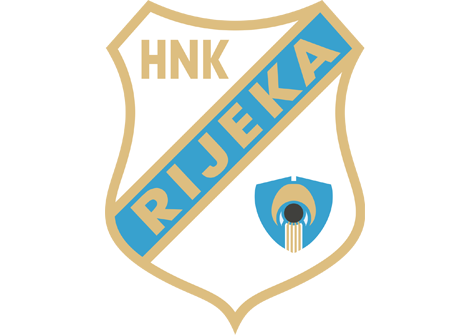By all metrics soccer is growing in the US, so what is driving the change and what does some of the new rules mean for MLS related transfers?
“Soccer is booming. What was once seen as a fringe sport in America is now mainstream; driven by youth participation, the hosting of major international tournaments and the growing credibility of the MLS. In my view, it’s the evolution of a sporting identity in real time.”
How many people in world football still remember Beckham mania?
The shock decision to leave Real Madrid and join what was at the time, an emerging league in world football.
The anticipation and media coverage was a frenzy, as a world class football icon took a most unexpected route, paving the way for global audiences to become accustomed to Major League Soccer.
Beckham’s move to the LA Galaxy is widely seen as an inflection point that injected star power and mainstream intrigue into the league, boosting attendances and TV ratings virtually overnight.
Fast forward to today and the “Beckham factor” lives on via his franchise, Lionel Messi’s Inter Miami, while the MLS itself is breaking records on multiple fronts; from attendances to media deals and club valuations, Soccer is finally becoming a top table sport in the US. 
Off the back of a successful debut 32-team FIFA Club World Cup and with the North American-hosted World Cup in 2026, MLS clubs have more opportunity than ever before, especially in the transfer market.
They also face new operational and financial challenges, with the MLS transfer system more complex than traditional European models.
This article explores the key trends and figures supporting the MLS growth, how club approaches to transfers are shifting, and why TransferRoom is more important that ever to these clubs growth plans.
Beckham Mania: The Growth Curve Since 2007
When David Beckham joined MLS in 2007, it signalled a turning point for U.S. soccer. His arrival boosted average attendances by an estimated 9% that year and set new TV viewership highs for MLS games. In the years since, the growth is impressive:
Record Attendances
The 2024 MLS season drew over 11.45 million total fans, a league record, with an average attendance of 23,234 per match, the highest in MLS history. To put that in perspective, ten clubs set all-time attendance records and there were 213 sold-out matches in 2024 alone.
Even excluding the Messi-inspired road games that were packed to capacity, MLS would still have notched its best-ever attendance average last season.
This places MLS among the top leagues globally for live attendance. It’s a remarkable surge in demand that started in the Beckham era and has reached critical mass in the Messi era.
Demographic changes
Soccer’s fan base in the U.S. is younger and more diverse than that of any other major sport, with over 54% of American soccer fans under the age of 45, the highest share of young adult fans among major sports leagues.
Participation in soccer at youth levels continues to set records. In the 2023–24 school year, soccer was the third-most played high school sport in America and an all time high for the sport.
Media Model Step-Change
In 2023, MLS embarked on a revolutionary 10-year global streaming partnership with Apple.
For the first time in North American sports, every MLS match is available to stream worldwide with no local blackouts.
This $2.5 billion deal is an industry first, centralising distribution via Apple TV.
Franchise Value & Expansion Momentum
Investor appetite for MLS has skyrocketed, as illustrated by San Diego’s new franchise costing a record $500 million fee - the highest in league history.

Across the league, the average MLS club was worth about $658 million in 2024, a 14% increase from the year prior and almost 3x more than a decade ago.
With all of this new investment, clubs are taking a different approach to transfers now.
International transfers & the broader market trends
Compared to ten years ago, MLS clubs are executing 5x more international transfers. In 2025 alone MLS teams signed 169 players from abroad, from 50 different countries.
When you look at the finances behind this influx of foreign talent, it makes for a startling new reality. MLS Clubs spent about $336 million on transfer fees in 2025, shattering previous records - compare this to 5 years ago and that number is halved at $175 million.
The thing is, this kind of growth isn't just being seen in the MLS - with the Premier League breaking all kinds of records this summer with spending.
And we're seeing an evolution in how transfer deals are constructed to keep up with this velocity, as fee's become more contingency based to balance risk and reward performance.
10 years ago, contingency based payments in transfer fees only made up 3% of all fees. Today that number sits above 15%, meaning 15% of all transfer fees are variable based, whether it's a sell-on clause, appearance based add-on or some "more creative" terms and conditions.
This change is only expected to continue, which creates some new challenges for clubs on and off the field.
The introduction of "cash transfers" between MLS clubs
For many of us, the idea of domestic transfers not having a "fee" seems alien and yet it is only recently that the MLS introduced the revamped internal cash transfer market.
Historically, MLS did not allow clubs to pay transfer fees to one another for players – instead, trades involved non-cash assets like allocation money, draft picks, or player swaps.
That changed with a new rule implemented for the 2025 season: MLS Clubs can now use case to acquire players from other MLS teams, effectively creating an intra-league transfer market more akin to global standards.
Clubs are limited to two incoming and two outgoing cash deals within MLS per season, but there is no cap on the amount of money that can be spent.
The impact was immediate.
In 2025, the first year of “cash-for-player” trades, more than $40 million circulated within the MLS via the domestic transfer of 11 players.
The new mechanism has in some ways “transformed the MLS” by allowing clubs to retain or redistribute top players with financial compensation, rather than losing them for free or only for allocation funds.
It’s also notable that these internal deals must fit under the salary budget rules (the player’s budget charge reflecting the fee), adding another layer of complexity to roster management.
More transfers = More contingencies to track, manage and forecast
When you factor these macro changes, alongside the modernising of domestic transfer rules, you start to see the bigger picture.
MLS clubs are now dealing with far more money coming in and out of their franchises and these deals are containing more contingencies and more risk.
And this is before you factor in the actual logistics of transfers.
When an MLS club buys or sells a player, the deal often involves the league as an intermediary. Likewise, when MLS clubs trade players domestically for cash, the “cash” is actually a budget allocation approved and moved by the league.
In practical terms, every deal in MLS can spawn a mini-project of contingent obligations: performance-based fees, future sell-on percentages, trade conditionals (e.g. an extra draft pick if the player hits 10 goals), and so on; all of which involve notifications to or from MLS HQ in addition to the clubs.
Without getting too in the weeds about the whole operation, it’s complicated and for MLS clubs who are on the wave of significant growth metrics, we're playing a whole new ball game for contract management now.
Why TransferRoom remains integral to MLS clubs
TransferRoom is widely used by MLS clubs and we're incredibly proud of this. Working closely with the league office and teams, we realised that the MLS had unique challenges and needs that presented an opportunity to build the markets first MLS native contract management solution.
The first contract management solution built for the MLS
Generic tools designed for European markets do not handle MLS specific concepts like General Allocation Money (GAM), or that “the league” is a counterparty where a transfer usually involves three approvals.
Contingency AI was developed in collaboration with MLS club executives who know the pain points of the league, things like automated reminders, carrying contingency fulfillment over for domestic player trading etc.
This is the first solution of its kind dedicated to handling the unique challenges of MLS contracts and roster rules.
Performance based contracts for players
Contingency AI is providing clubs with clear progress reports on each player's performance, against the terms set out in their contract.
When it comes to contract renewal season, this data is already laid out and clubs can go into those meetings with clarity on who merits a contract extension and who doesn’t.
Automation of complex tracking tasks
Manual tracking of contingency fulfillment is proven to be error prone, with countless examples of revenue being left on the table.
Contingency AI provides clarity on clause fulfilment progress, contract bonuses due and projections on clause fulfilment, removing errors from the process and giving finance teams back significant time.
Single source of truth for all
Because the MLS is more complex than other leagues for financial management, the need for a single source of truth is higher. Contingency AI is that solution, as the only MLS first contract management platform on the market.
Cash Flow & Budgeting Visibility
The system provides a dashboard of anticipated contingent inflows and outflows over 30/60/90-day periods.
Crucially for MLS, it maps out which payments would be treated as general club revenue vs. how much would be applied to roster allocation money, for example, under league rules.
For club executives, deploying Contingency AI means you can scale up the club’s ability to meet complexity without scaling up your risk.
As the MLS grows, deal sizes will increase so Contingency AI acts like a safety net for managing club financial planning and clause fulfillment at scale.
The momentum behind the MLS right now is pretty extraordinary and likely to be the precursor to a more explosive growth phase. Clubs that pair ambition with smart infrastructure will dominate the next decade.
Our MLS Version of Contingency AI is one example of the kind of the necessary modernisation clubs need to capitalise on every opportunity and hopefully secure a new signing that brings its own “Beckham effect”.
Ready to modernise your transfers and contracts?
Click here to book a demo of Contingency AI now.
Book an intro call
Trusted by decision makers from 800+ clubs worldwide


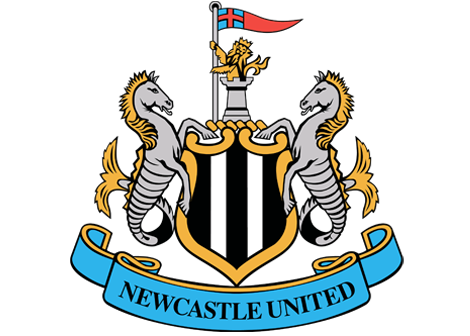
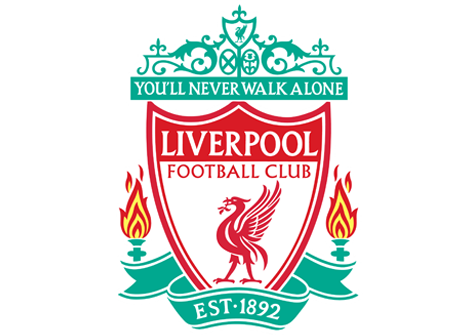

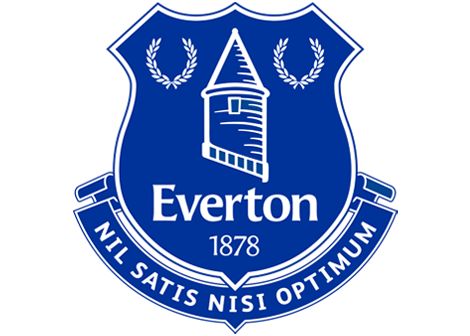




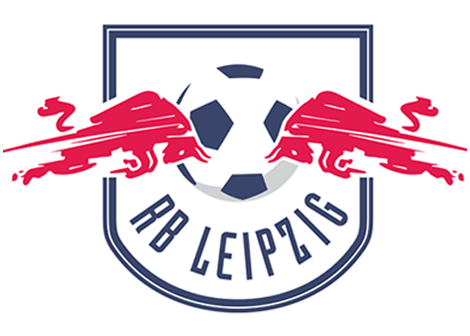
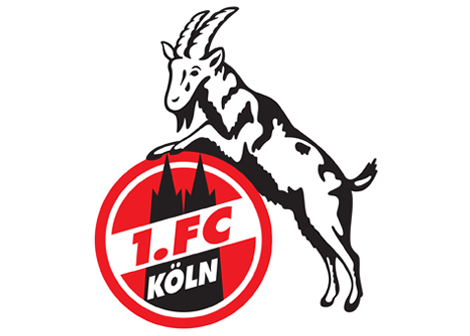



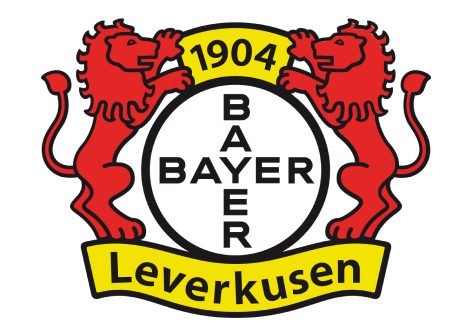


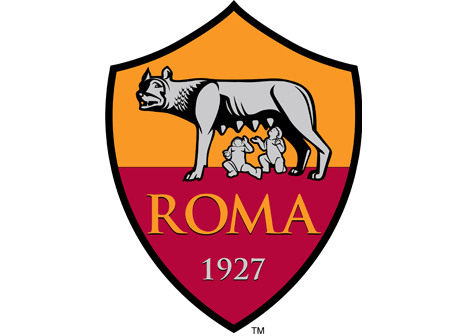







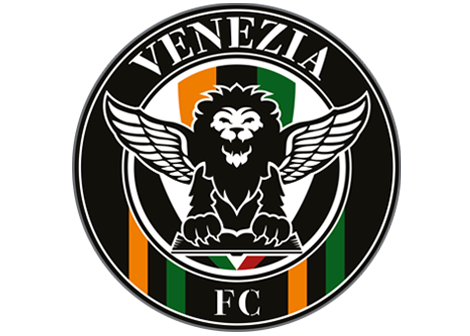
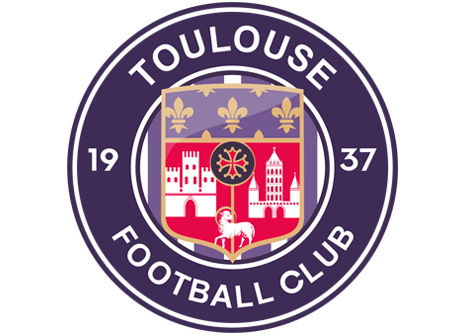


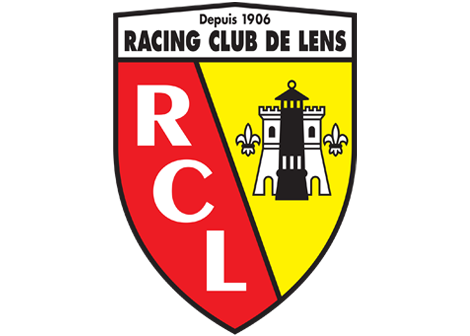


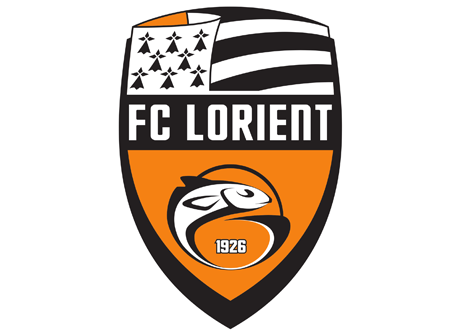
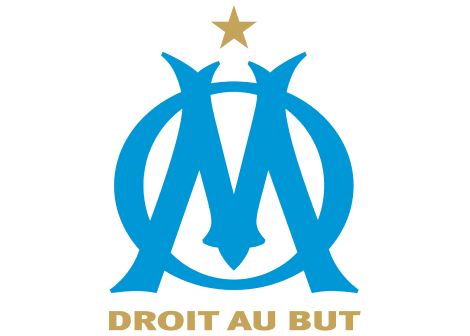




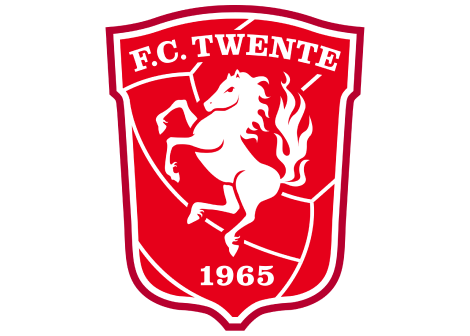



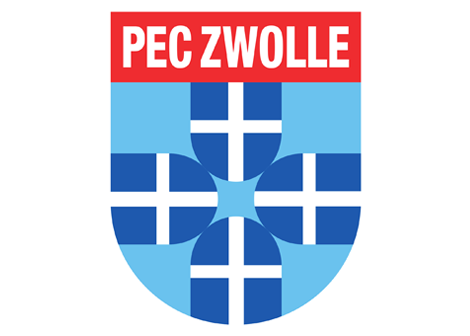
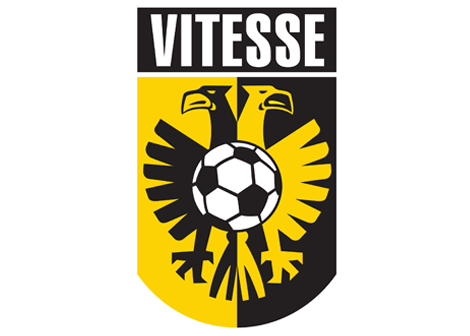
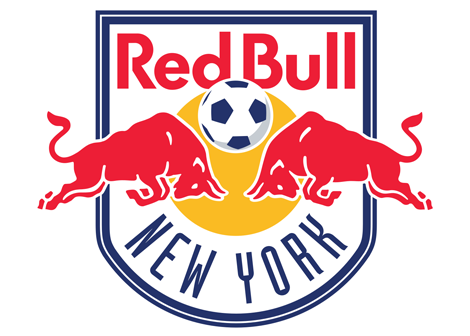

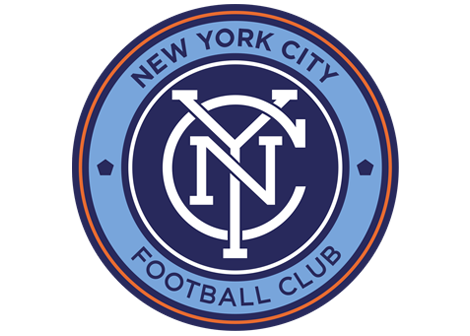
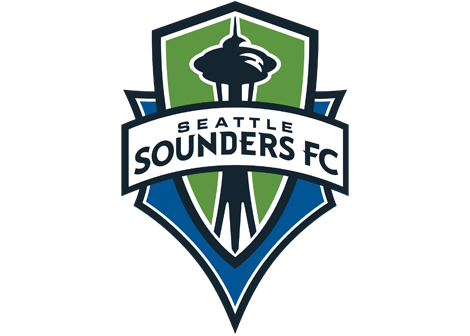
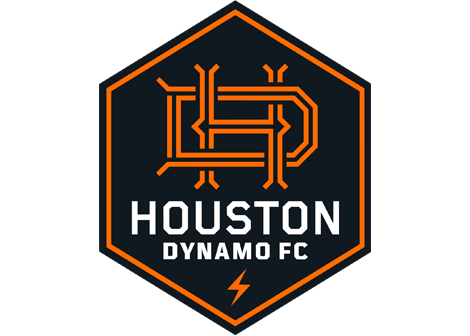

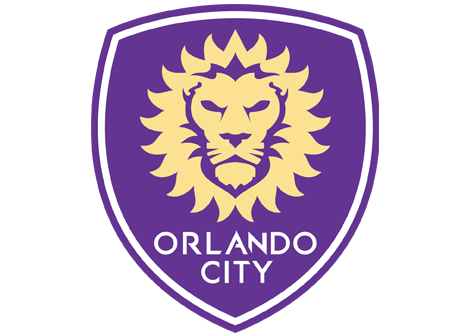

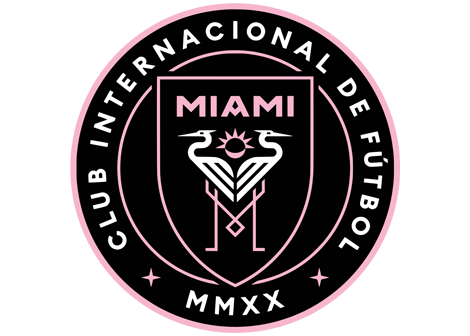
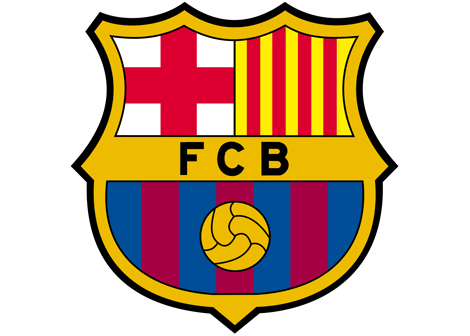








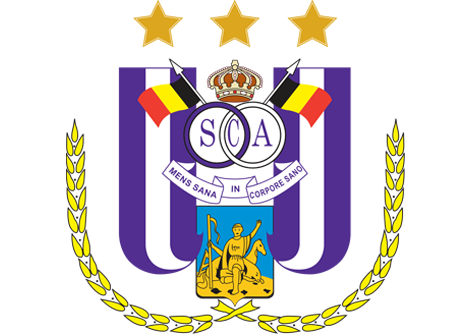



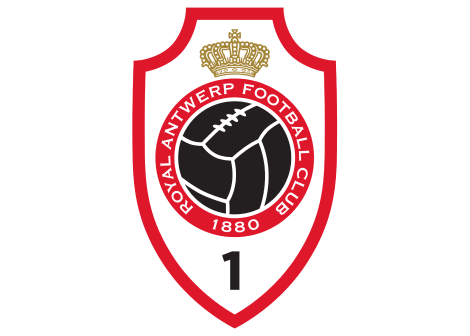




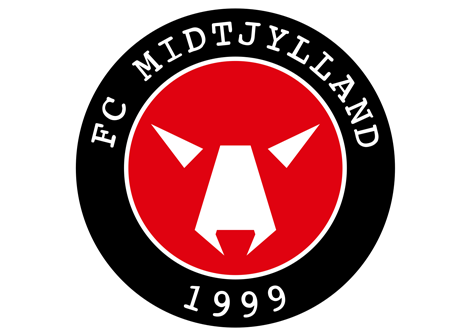


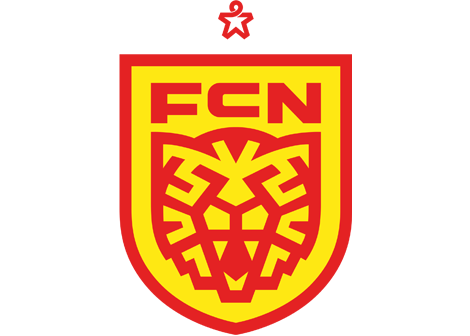



/SWEDEN/Malm%C3%B6%20FF.png)





